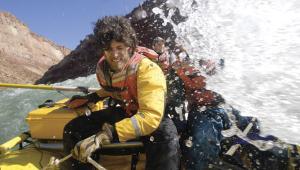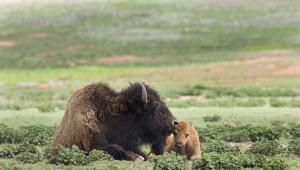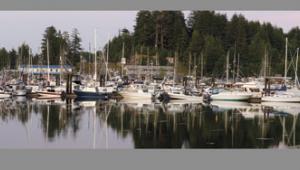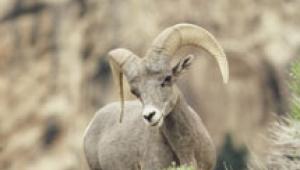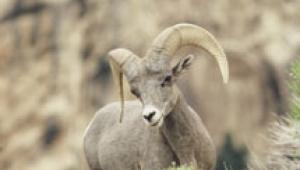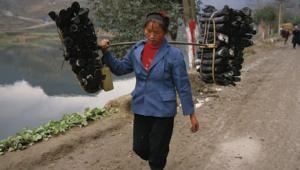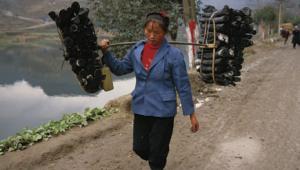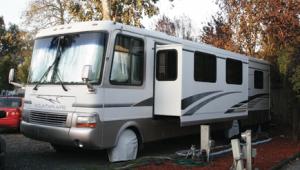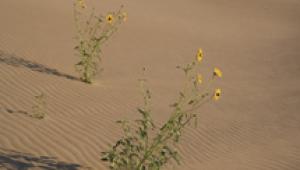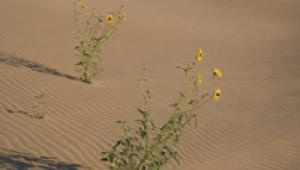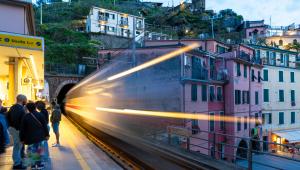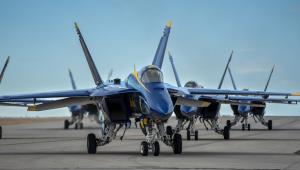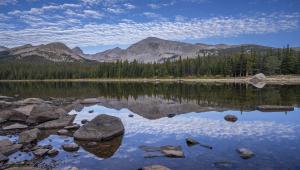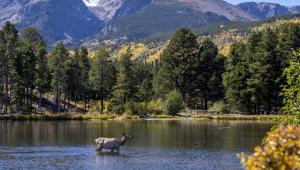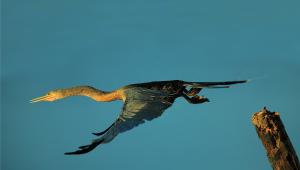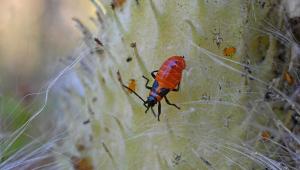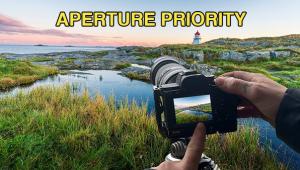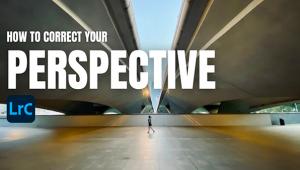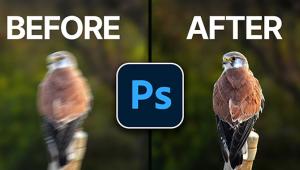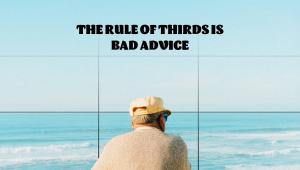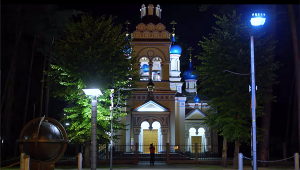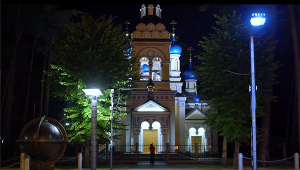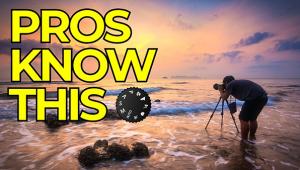Post Cards From The Freezer; Photographing Antarctica Digitally Page 2
 |
|
|
Some shooting is done from moving and bobbing Zodiacs during scouting missions
and bay cruises. To help get a steady shot, use an Image Stabilizer lens.
If possible, travel with two camera bodies, one with a wide angle zoom and one
with a telephoto zoom. That way, you can take "environmental portraits"
as well as tight shots.
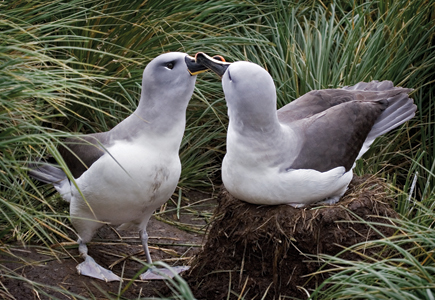 |
|
|
I must say that an Antarctic adventure is not for everyone, especially for those who are prone to seasickness. But for the rest of you, I think you'll find that the bottom of the world holds special wonders found nowhere else on the planet. Bon voyage!
 |
|
|
Preparing For The Trip
In addition to getting to Antarctica, preparing to take pictures and shooting
is a bit of a challenge. Here's what you have to go through:
· Dress in layers, wear long underwear and two pair of socks.
· Don a big, bulky, fleece-lined, hooded parka--designed to protect
you from the elements, including the wind, which can be strong when riding on
a Zodiac (an inflatable boat) from the ship to an island. Once bundled up in
the parka, you feel as though you are wearing a space suit. You need to turn
your upper body to see left or right.
· Wear water-resistant and windproof gloves, which are essential for keeping
your fingers from numbing up.
· Wear water-resistant pants over blue jeans and long underwear.
· Wear knee-high waterproof rubber boots to keep your feet dry during
wet landings (a landing in which you jump off the Zodiac into the icy water
and wade through the surf on to land).
· Stuff hand and toe warmers in your gloves and boots to keep toasty.
· Apply sunscreen to prevent sunburn.
· Take anti-seasickness pills to avoid getting ill.
· Pack all your essential camera gear in a water-resistant backpack for
protection against salt spray (during Zodiac rides and scouting missions), snow,
and rain, which are often the conditions in which you shoot.
· Don a life jacket over your parka before leaving the ship and when getting
in a Zodiac.
· Put on your camera backpack over all your stuff, and then take off the
life jacket once you reach land.
 |
|
|
For more travel and nature photography tips and techniques, check out Rick Sammon's books and interactive DVDs at: www.ricksammon.com.
- Log in or register to post comments


